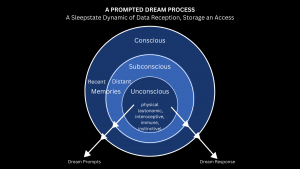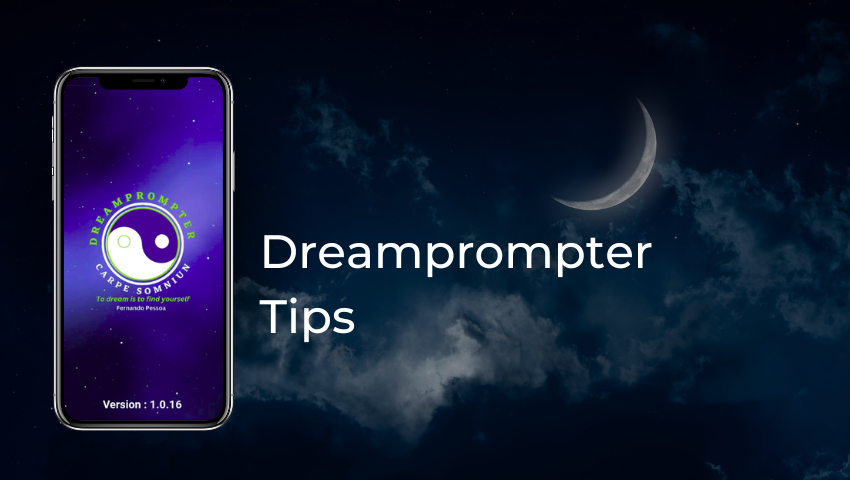Freudian dream interpretation views dreams as psychological indicators reflecting characteristics or concerns, a perspective borne out by recent research:
Malinowski, J. (2017). High thought suppressors dream more of their negative waking-life experiences than low thought suppressors. Dreaming, 27(4), 269–277. https://doi.org/10.1037/drm0000061 But threat simulation theory proposes a generic purpose—dreamt scenarios as a preemptive practice for real encounters:
Revonsuo, A., and Valli, K., Dreaming and consciousness: testing the threat simulation theory of the function of dreaming, Psyche, October 2000, 6. Revonsuo, A., The reinterpretation of dreams: an evolutionary hypothesis of the function of dreaming, in Sleep and Dreaming: Scientific Advances and Reconsiderations, Edward F. Pace-Schott, Mark Solms, Mark Blagrove, and Steven Harnad, editors, Cambridge, UK, Cambridge University Press, 2003, 85-109.

While these approaches are not contradictory—and could be considered complementary—how the dream process itself manifests them might play a contributing role, essentially a feedback influence which furthers both the survivalistic purpose and its sleeptime depiction. Evidence for this thesis may start with dreaming’s classic aftereffect: upon waking, an emotional atmosphere lingers—fear, anxiety, surprise, even shock (rarely happiness) accompany the fading experience. These feelings briefly reinforce and help recollect whatever mental events just ceased; the receding dream’s climate most often proves palpable, whether headache, raised hackles, cold sweat, a bitter taste. Such synesthetic remnants of diverse impact demonstrate veracity: if not real as life, dreams are its believable replication—until we shake ourself, letting strict reason restore control.
So, at least admitting sleep’s deceptive skills capable of producing identical wakestate simulation, what constructs the remarkable dreamworld? Obviously that internal storehouse containing one’s complete history: experiences, thoughts, emotions, also dreams on hand or shelved according to imprints such as spacetime coordinates, choreographic and narrative algorithms, those behavioral, spoken, felt, imaginative, or story formats which constitute our lives. Sleep permits these signature resources to be tapped for relevance. But at what cost to sense? A fragmentary selection driven by trauma, circumstance, or mood may result in an almost random panorama of clashing images, discordant speech, expressionistic stage sets. Though still authentic with minute detail, recall searches for meaning which dream dictionaries or specious consultants define conflictive. Where to turn for informed lucidity? Empower sleep—try Dreamprompter . . . where dreams really can come true.




